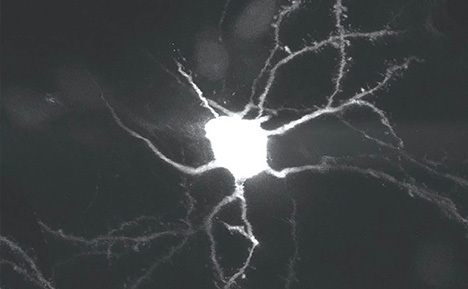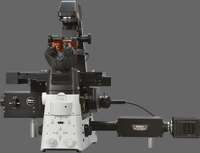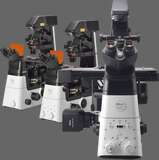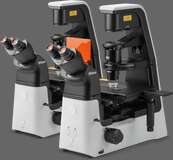- en Change Region
- Global Site
- Home
- Resources
- Applications
- Life Sciences
- Biophysics
Applications
Biophysics

Biophysics applies the theory, techniques, and instrumentation of the physical sciences to the quantitative understanding of biological structure, systems, and function. It also relates to the exploitation of this understanding to create new devices for use in medicine, robotics, and fields of nanotechnology.
Investigations in biophysics tend to be at the molecular level involving study of individual molecules or complexes, their interactions and the kinetics of these interactions. Areas of research include, for example, molecular structure, molecular self assembly, motility, neural networks, molecular motors, and electrophysiology. A suite of terms, such as bio-energetics, bio-mechanics, biomolecular hydrodynamics, and bio-photonics have emerged to describe areas of study in biophysical fields.
As research occurs predominantly at the molecular scale, microscopy, and confocal microscopy in particular, is an important investigative tool. This is used for observing multidimensional molecular interactions, dynamics, and localization. GFPs and other fluorescent probes enables multiple molecules to be oberved within one experimental set up. Fluorescence emissions can be cleanly separated using techniques such as spectral imaging and FLIM.
Key microscopy techniques in biophysics include fluorescence imaging, confocal imaging, spectral imaging, swept field confocal, TIRF, FRET/BRET, FRAP, deconvolution, deep cell imaging, and time-lapse imaging.
- Home
- Resources
- Applications
- Life Sciences
- Biophysics



